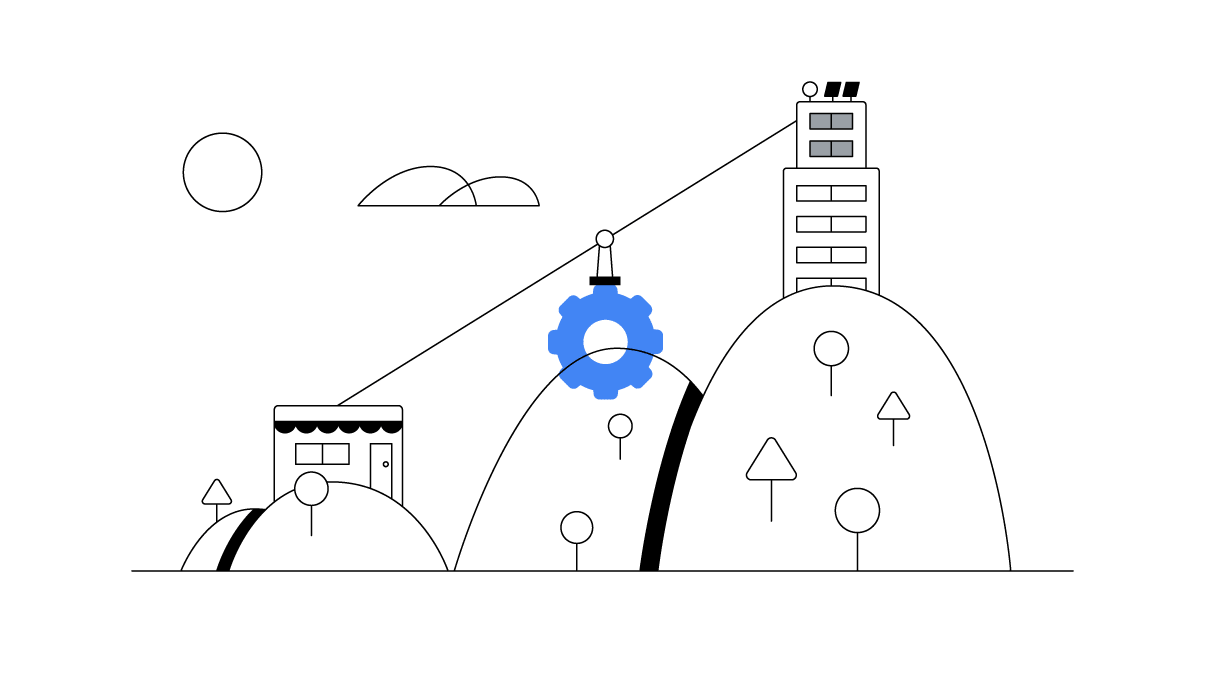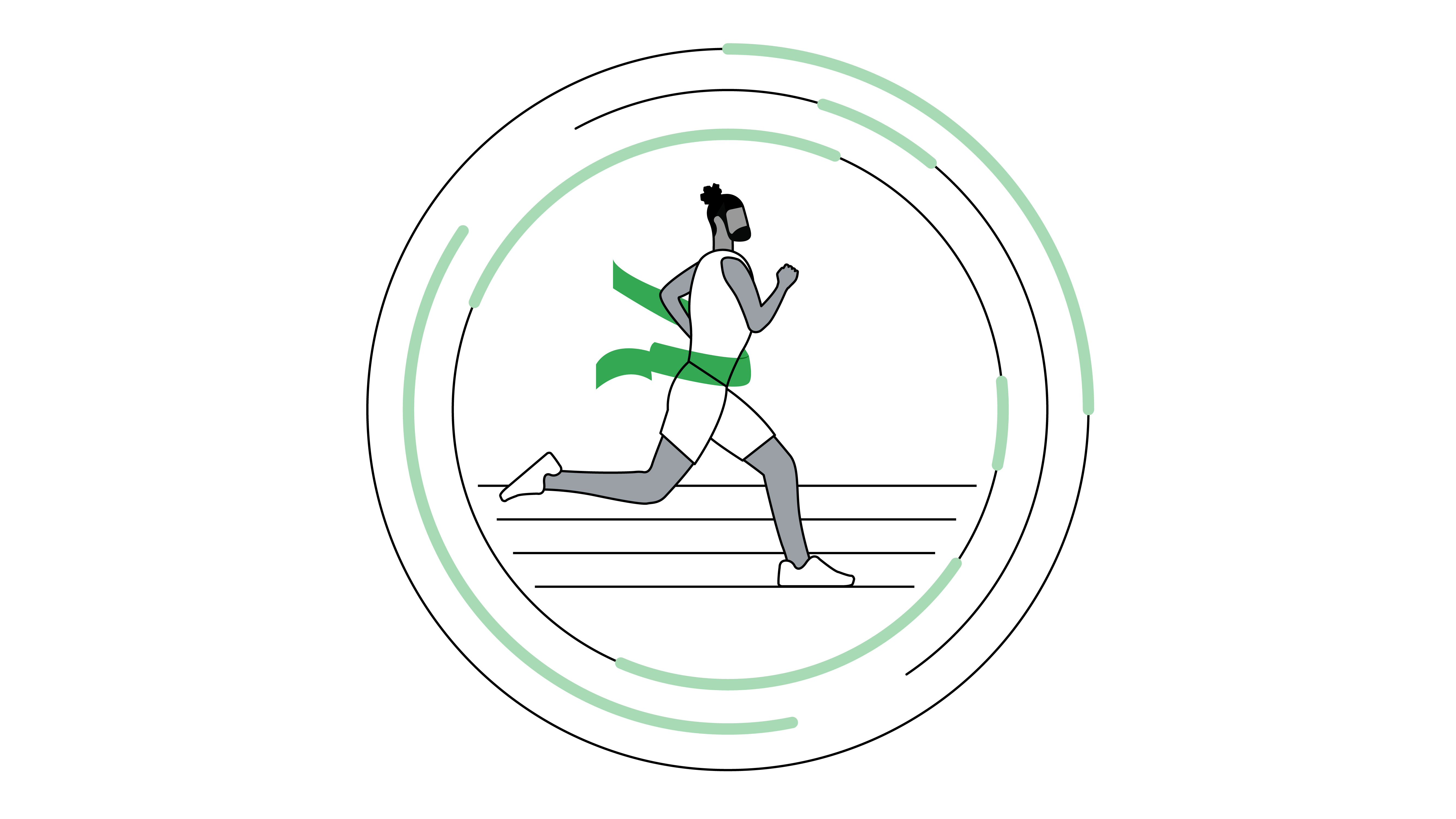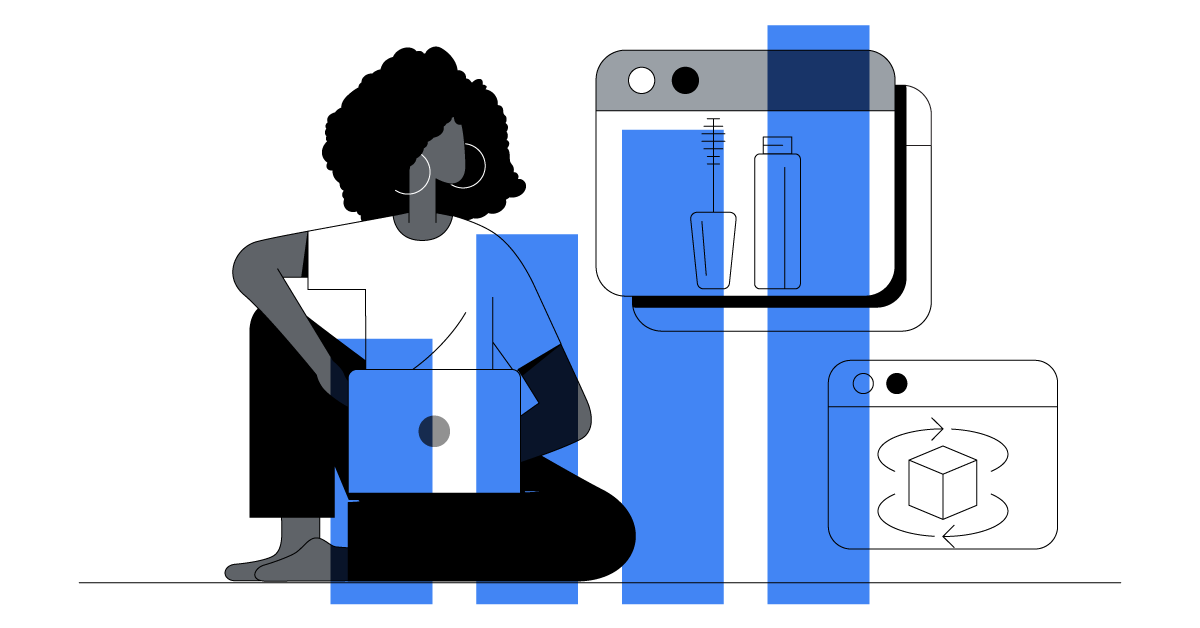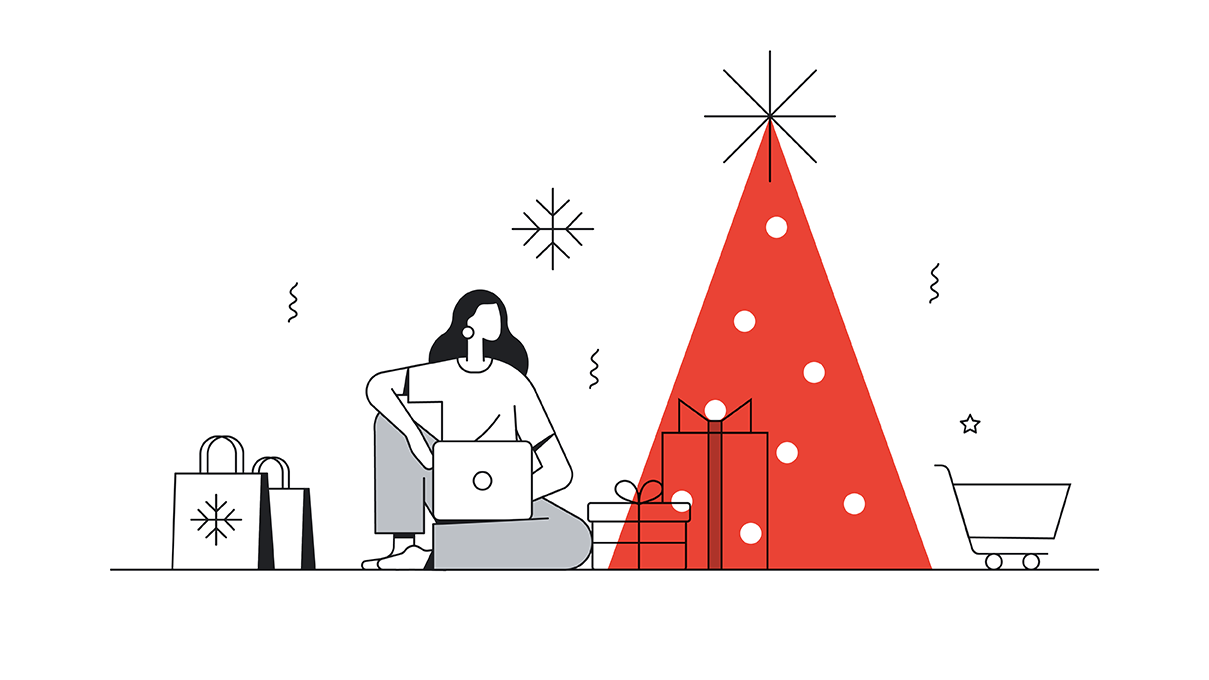Maida El Shahawy oversees Maggi’s brand communication and e-content in the Middle East and North Africa and Motaz Al Halabi is in charge of digital solutions and consumer engagement. Together, their teams create optimal content experiences for consumers.

Maggi has been a helper to home cooks around the world for over 138 years. Our noodles, soups, and seasonings are made to make meal times simpler while still inspiring exploration in the kitchen. And that becomes even more important during special occasions and important events, like Ramadan.
This year we wanted to ensure our Middle Eastern and North African consumers had the perfect recipes and product information to hand during the holy month, a time when people are actively seeking out new dishes and ingredient ideas. That meant creating personalised experiences for them that weren’t just engaging, but useful too.
But before we could serve our consumers their ideal content, we needed to get to know them better.
Cooking for a crowd
One of the most privacy-safe and effective ways to understand who shoppers are and what they want is through first-party data. But with Maggi not selling direct-to-consumer — meaning we supply our products through third parties — we don’t traditionally engage with shoppers. That means that, until very recently, we didn’t collect our own first-party data — or leads — either. However the information that first-party data provides is crucial in aiding brands with the development of more engaging and personalised content for their shoppers — and even finding potential new customers.
But gathering leads isn’t easy. With so many brands out there vying for attention in a digitally saturated market, it’s challenging to stand out from the crowd. Not to mention that driving quality leads — those people who show intent by taking the time to look at a website before registering — is even harder.
Being a global business with a large consumer base across the Middle East and North Africa, manually collecting leads was out of the question. The only real way to effectively generate leads at scale was through automation.
Adding a splash of automation
During our work with Google, we discovered Performance Max, an automated goal-based campaign type that finds consumers more likely to convert across Google channels from a single campaign. It seemed like the ideal solution.
While Performance Max is usually used to grow sales, encouraging shoppers to make transactions, no other brand in the region had ever used it to drive leads, which in our case were website registrations.
Without previous leads-focused results available, we didn’t know how Performance Max might perform as a lead generator. What we did know was that its machine learning capabilities would help us show up for more consumers across the Google Ads inventory. It would also help us drive conversions based on our goal to increase website registrations. Those reasons made it seem like a risk worth taking.
The proof is in the pudding
When a potential new consumer clicked on an English or Arabic language ad — which enticed people to go to our website for a chance to win a $500 USD voucher from Maggi — they were directed to a landing page prompting them to register their details.
Maggi's ads enticed people to go to their website and register for a chance to win a $500 USD voucher.
The information they provided there told us whether they were more interested in recipes, kitchen tips and tricks, or ingredient recommendations, for example. Having those insights helped us curate more personalised experiences for those registered shoppers who signed into our website, and subscribed to our opt-in newsletter.
Click-throughs from Performance Max ads helped us increase website registrations by 66%. People coming to the website through those ads also spent 52% more time on the website before registering. As a result, the campaign drove 12% more quality leads.
But we didn’t stop there. To fully maximise our return-on-investment, we embedded our existing first-party data into Customer Match and expanded on similar audiences. These combined solutions helped find new potential shoppers similar to existing ones across Search, Shopping, Gmail, YouTube, and Display, further increasing click-through rates to our website by 118%.
Putting a twist on a classic
We’ve built our legacy on the back of our centuries-old history and heritage, and we’re proud of our success. But while there may be such a thing as a ‘traditional brand’, there’s no such thing as a traditional consumer.
In the same way a classic recipe sees subtle changes as it’s passed down from generation to generation, not direct-to-consumer legacy brands like ours need to continually switch up our strategies to ensure we stay connected with our consumers. Fortunately, as automated technologies continue to improve, understanding our customers will only become easier.






